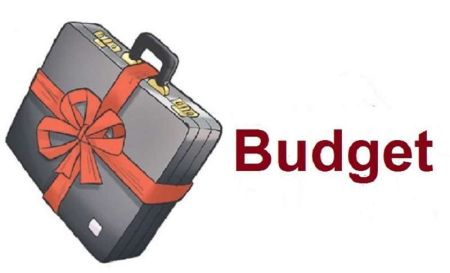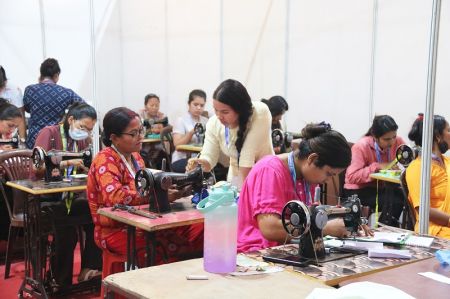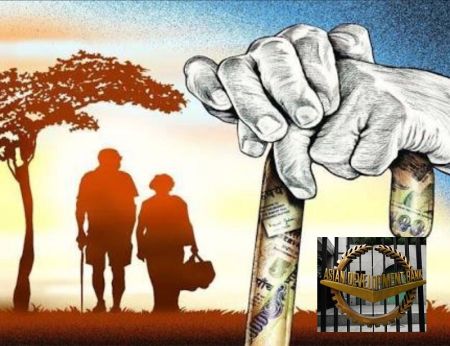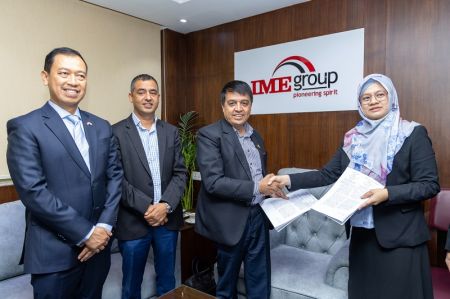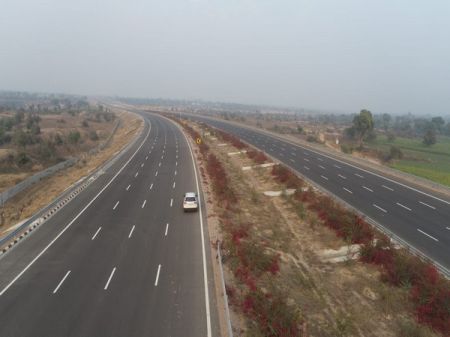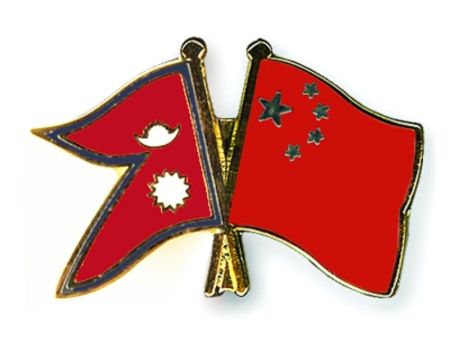 Shri NSR Chandraprasad is the Chairman and Managing Director of National Insurance Company Ltd (NIC) and Chairman of GIPSA - General Insurers’ (Public Sector) Association of India. He is also on the Board of the General Insurance Corporation of India. Chandraprasad has experience of more than 34 years in the general insurance industry, having held a number of key positions in Marketing, Operations, Reinsurance and Personnel in India as well as overseas as Managing Director of Prestige Assurance Plc, Lagos, a subsidiary of New India Assurance Company in Lagos, Nigeria. In his recent visit to Nepal, Chandraprasad spoke to New Business Age on the insurance market in Nepal. Excerpts:
Shri NSR Chandraprasad is the Chairman and Managing Director of National Insurance Company Ltd (NIC) and Chairman of GIPSA - General Insurers’ (Public Sector) Association of India. He is also on the Board of the General Insurance Corporation of India. Chandraprasad has experience of more than 34 years in the general insurance industry, having held a number of key positions in Marketing, Operations, Reinsurance and Personnel in India as well as overseas as Managing Director of Prestige Assurance Plc, Lagos, a subsidiary of New India Assurance Company in Lagos, Nigeria. In his recent visit to Nepal, Chandraprasad spoke to New Business Age on the insurance market in Nepal. Excerpts: What is the purpose of your visit in Nepal this time?
Our first priority is the All India Regional In Charges Conference which we concluded yesterday here in Kathmandu. This was necessary as we have just completed the fiscal year 2012 /2013 and since our accounting year begins from April to March.
FY 2012-13, has been good for our company. We wrote a premium of 9195 crores which is approximately Rs 14,712 crores and earned the company’s highest ever PBT of 858 crores. It has been a commendable performance overall – our office network all over India has increased to 1530, our investments have appreciated, and the Net Combined Ratio and Invest Coverage Ratio have decreased. Therefore, to carry this growth forward, it was necessary for us to plan and budget for the new fiscal year. Of course, 2012-13 will be a tough act to follow, but nonetheless, notwithstanding market challenges, NIC’s Corporate Management and the Regional In Charges have unanimously decided that the Target Premium for FY 13 – 14 will be in excess of 11,000 crores (approximately Rs 17,600 crores) .
Also, our company shares a deep bond with Nepal. Our operations here have lasted almost 40 years, having started in January 1974. Today, we have six branches and two sub branches – a new branch is being opened in Pokhara and two sub branches at Narayanghat and Butwal. We are also keen to facilitate insurance awareness and ensure market penetration here. Thus, to get a clear on-the-ground assessment of market realities and to understand what we can do for Nepal’s insurance market, our entire corporate management team has come to Nepal.
What is your evaluation of the Nepali Insurance Market?
There is a lot of scope for market expansion in Nepal. For although a majority of Nepal’s population is based in Kathmandu and other urban centers, there are underserved regions without ready access to insurance. With 17 established companies presently in the market, that should not be a problem. I see immense possibility of increasing reach in unexplored areas. That is why I say there is tremendous scope for growth here. Nepal is a young market and there will be a first mover advantage for companies prepared to avail opportunities that are bound to rise once the economy bounces back as I am expecting it will in the coming years.
The world is experiencing extreme calamities. How is the insurance sector responding to this?
The insurance industry worldwide is much aware of the challenges of climate change. It is trying to build capacity to meet this challenge by conducting a lot of studies and modeling so that catastrophes can be adequately taken care of.
What kind of challenges does the insurance industry in India face?
The presence of global players through joint ventures, combined with an increasing number of Indian companies, has made the Indian insurance industry very competitive. But notwithstanding that fact, distribution still remains a challenge - the problems of penetration are the same in India as it is in Nepal. Rural markets are our focus - in these underpenetrated regions, the socio-economic demographics are different - low affordability demands competitive pricing which directly affects cost of distribution. We are therefore trying to meet this need with new technology enabled service delivery initiatives.
We have come up with new projects such as ‘Office on Wheels’ – a motor vehicle, customised as an office. Fully air conditioned, the ‘OOW’ is self contained with amenities such as work stations, visitors’ seats, computers, printers, etc. Hi-fi connectivity enables on-the-spot issuance of policies. This helps us both in generating awareness of insurance as well as in marketing our products suburban geographies. In fact, an insurance company from a neighbouring country also liked the idea of the OOWs and plans to implement it in their country. Perhaps this can be a solution for overcoming the problem of distance for rural clients.
Do you have any other plans for Nepal apart from this?
Our main focus in Nepal will be agency development. We will be expanding our network which will contribute to employment in the country. We have also decided that our relationship managers will recruit at least five agents each. With 21 relationship managers recruiting five agents, we will have 105 agents in total. These agents will further bring in new ones – soon this will become an active employment generating activity besides serving the cause of disseminating insurance. We would like to increase our network and encourage new products such as livestock insurance and farmers’ package policy to tap in the growing potential of the Nepali market.
Nepal has recently introduced crop insurance. Comments?
Crop insurance is very important. Agriculture insurance needs to be encouraged. A lot of governmental subsidies are offered in India because farmers sometimes are unable to pay the premium. Maybe the government should provide subsidies to some extent too so that marginal farmers can take advantage of it as is happening in India today.
What are the similarities and differences between the Indian and Nepali insurance markets?
Insurance everywhere has lot of common features as it is not restricted within national boundaries. In fact, you will be glad to know that despite the aviation industry in Nepal suffering losses currently, we have been supporting it unlike other companies who have withdrawn their support.
Economic development also matters a lot. The Indian economy, though at low ebb presently, is one of the largest economies in the world. The distribution market in India is very strong and everyday new distribution channels are being used to facilitate insurance penetration – this is applicable for both life as well as non-life insurance.
Two vital sectors which demand mention are health insurance and auto-mobile insurance – together they command 60 percent of the industry’s market share and I am happy to mention that National Insurance Company’s performance in both these sectors has been robust.






